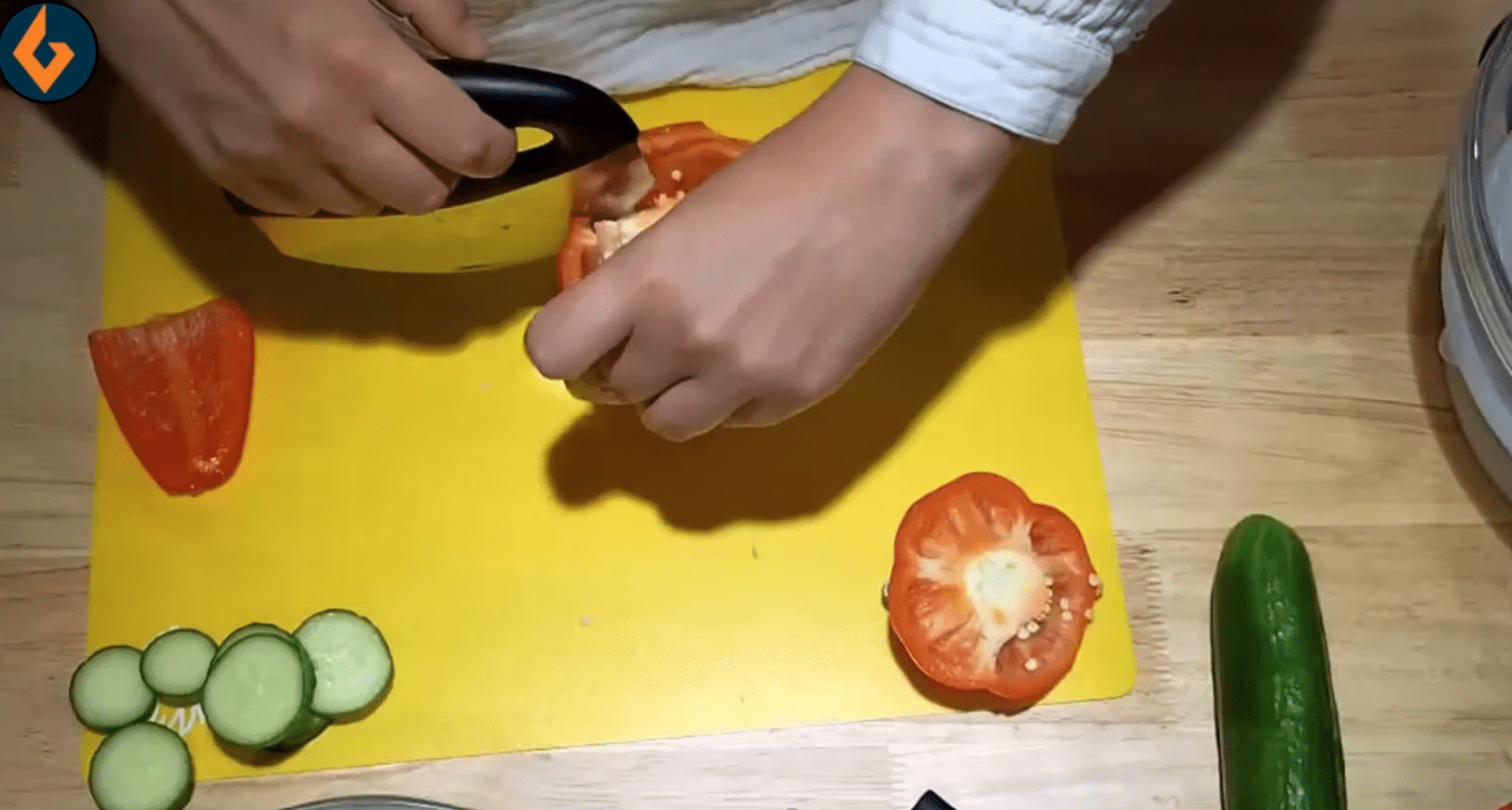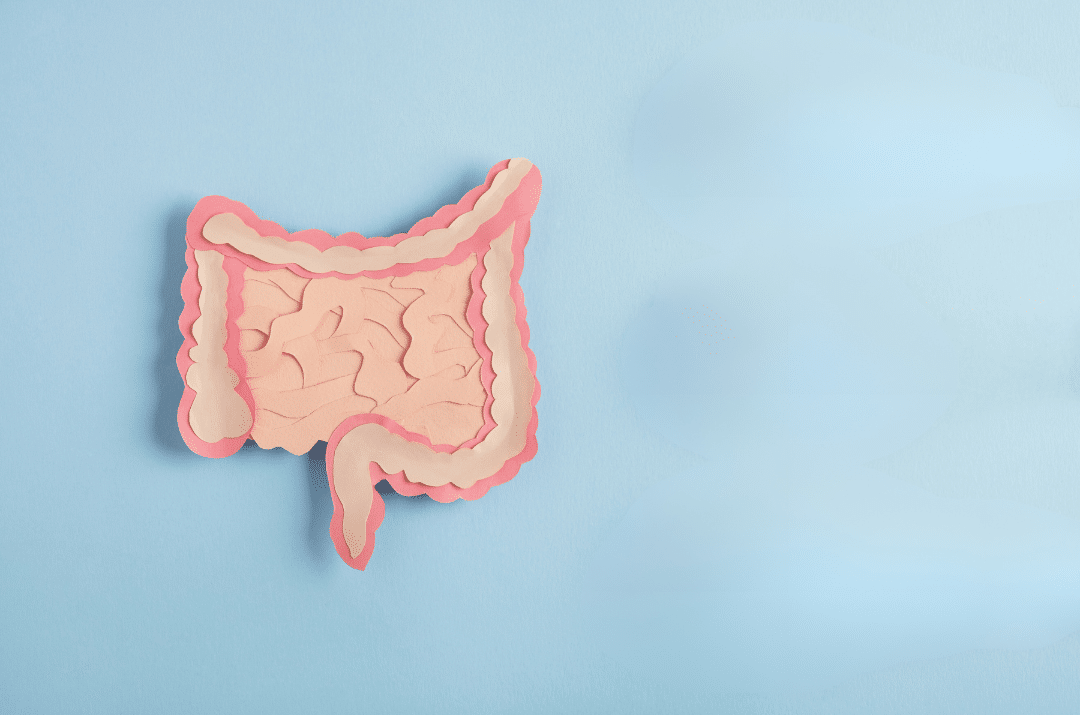Healthy eating starts at the grocery store, so we’ve developed some great tips to help you get the biggest – and healthiest! – bang for your buck.
Plan Your Weekly Meals
Each grocery store trip should start with a list so you can stay organized and avoid buying what you don’t need.
- Look in your freezer, cabinets, and refrigerator. Make a note of what you currently have on hand. You can save money by using existing items in the upcoming week’s meals.
- Create a list of recipes. Be sure to include some of your favorite healthy recipes too!
- Think about your schedule. As you’re choosing your recipes for the week, make sure you have a few meals that you can prepare easily on your busiest days. Save recipes that take longer for days off.
- Use a worksheet. Now that you have a list of recipes, create a worksheet that lists your weekly meals and the ingredients you’ll need. Then check it against what you already have and you’ve got your grocery list!
Stock Your Pantry With Staples
A well-stocked pantry can remove lot of fuss from your weekly shopping trip. Pantry items can often be stored for longer periods in a cool setting away from sunlight, but make sure you check instructions and expiration dates. Here are some items to consider for your pantry:
- Spices
Turmeric, oregano, rosemary, ginger, Ceylon cinnamon, sage, cilantro, parsley, thyme, basil - Nuts
Pistachio, almond, walnut, macadamia - Fats
Coconut oil, olive oil, avocado oil - Seeds
Pumpkin, sunflower, flax, chia and hemp - Whole Grains
Oats, oatmeal, brown rice, quinoa, buckwheat, barley - Legumes
Garbanzo, black, pinto, kidney (buy in bulk and soak your own!)
Shop the Perimeter
The outside aisles of grocery stores are where you’ll find whole, unpackaged foods, including produce and fish. These are the foods to focus on:
- Veggies
Broccoli, onions, garlic, Brussels sprouts, cauliflower, and cabbage are great options that can store well in a refrigerator - Leafy Greens
Kale, spinach, arugula, field greens, and Romaine lettuce are just a few options for getting leafy greens into your daily diet - Berries
All berries, fresh or frozen, are loaded with antioxidants and a great pick for a sweet snack - Brightly Colored Produce
Choose a variety of colored produce to get a variety of nutrients! Peppers, mango, citrus fruits, sweet potatoes, beets, and tomatoes are just a few examples - Fish
Choose fish that is high in Omega-3 fatty acids and low in mercury, such as salmon, anchovies, sardines, herring, mackerel
Read the Ingredients
- Watch out for sugar. Check to see if sugar, juice, or a word ending in -ose is in the top five ingredients (keep in mind that 3 grams of sugar is equal to 1 teaspoon).
- Watch out for artificial ingredients. Can you pronounce all of the ingredients? That’s a great way to recognize artificial ingredients. Also note that the term “All Natural” is unregulated, so products can be labeled as such without any verification.
- Look for a short list of ingredients. If you’re buying packaged foods, try to look for products with 5-10 ingredients.
- Watch your percentages. Don’t let “2% or less of the following” confuse you. This phrase means that each of the following ingredients can constitute at least 2% of the volume of the product NOT that all of the following ingredients combined are less than 2% of the total.
Shop Smart
- Eat before you shop
Grocery shopping hungry can lead to impulse buying and unhealthy food choices! - Read the sales flyers
They’re usually released midweek and can be found at the store’s entrance, in the newspaper, or on their website. - Use coupons
But only for items that you know you’ll use. If you don’t need an item right away, save the coupon and see if it goes on sale. - Look for savings
Stores often stock the priciest items at eye level. You can save big by looking at the upper and lower shelves too. - Check for store brands
Most stores offer their own brand of products that often cost less than name brands. - Grab from the back
Stores typically stock shelves from back to front, placing the newest items behind the older ones. Reach in the back for the freshest items especially in the produce, dairy, and meat aisles. - Ask for a rain check
If a sale item has run out, ask the store for a rain check. This allows you to pay the sale price after the item is restocked. - Join the store’s loyalty program
Many stores offer a free loyalty program. Get special offers and discounts that non-members do not. - Read the unit price
One product might be cheaper overall, but that could be because you are actually getting less. Make sure you check for the lowest unit price.



